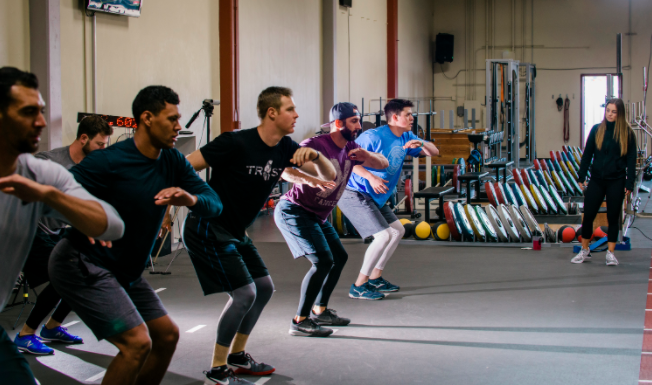
Monitoring athletes is not a new concept, in fact, we have been watching movement for centuries to better understand each individual. While I would agree you can see a lot with your own eyes, there are some things you just can’t see – or see that well, anyway. Minor disturbances in sleep, immunity, or trauma can change the way an individual sequences and performs potentially putting them at risk. Often times, an assessment can identify when something’s ‘off’ with an individual before he/she opens up about it. This can flag coaches to open up a conversation about what’s really going on and allow them to adapt training accordingly. An individual’s physiology changes daily, not once a semester.
One of the easiest ways to understand how often testing should occur is to know what your data can tell you, and in turn how you can use it. Do you measure internal load, external load, performance metrics, skills, or athlete characteristics? Depending on the type of data you are collecting there will be different insights and interventions associated with it.
Sparta partners will often choose to assess at different frequencies based on their goals or competitive calendar. During the competitive season, many organizations utilize the athlete’s Movement Signature data to monitor readiness or fatigue. They will assess their athletes weekly, looking for meaningful changes in their force profile that may identify at-risk athletes. An athlete’s movement signature is a valid representation of their neuromuscular movement solution, but can also be used as a valid measure of internal load.
Below you will see two Jump Scans just a week apart.

The above athlete said nothing about anything going on. Why would there be a spike in Load (eccentric rFD) and Explode (concentric force) and a dip in Drive (concentric impulse)? We have seen this occur when an athlete moves through shorter ranges of motion causing a spike in the rate of force (Load/Explode) and a dip in Drive (time on the plate). More times than not this occurs when something is bothering the individual (usually pain) causing them to alter their movement strategy. This is a true snapshot of where the individual is on that given day.
Everything affects an athlete’s movement just as everything affects an athlete’s performance. Sleep, stress (physical, mental, and emotional), soreness, and fatigue will all have some effect on an athlete – but to what extent? When utilizing an athlete’s Movement Signature to monitor fatigue, there are two main things we look for:
Extreme relationship changes
Changes resulting in greater imbalances
Athletes who are (1) utilizing different neuromuscular solutions to move can be at risk of injury just as (2) athletes with extreme imbalances can be. By identifying these meaningful changes, we are now able to intervene, immediately.
Identifying acute spikes in data can be valuable in opening the lines of communication in order to create trust between coach and individual
As we all know, athletes aren’t always going to come forward and tell us there is something going on. Why would they? It takes time to develop trust in a relationship and having small conversations where the individual knows your have their best interest is a good first step. Adapting your plan around the athlete shows that you care about their health and well-being. Monitoring acute changes in movement will inevitably impact how they adapt and perform chronically.